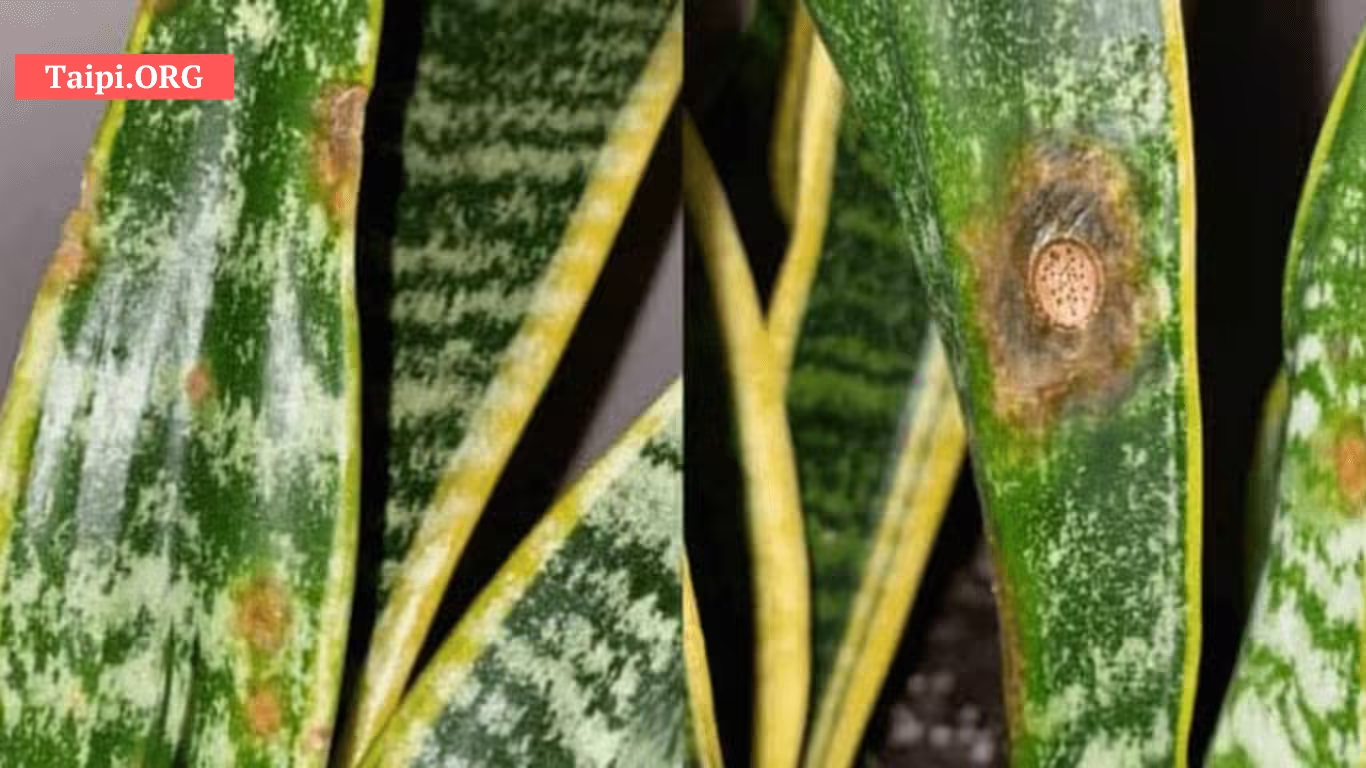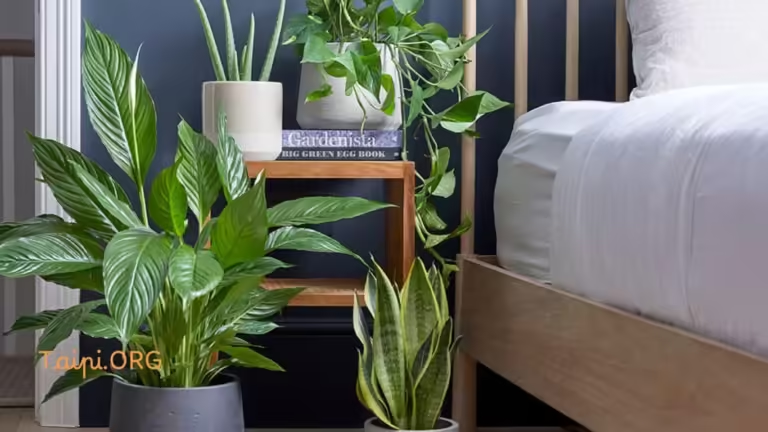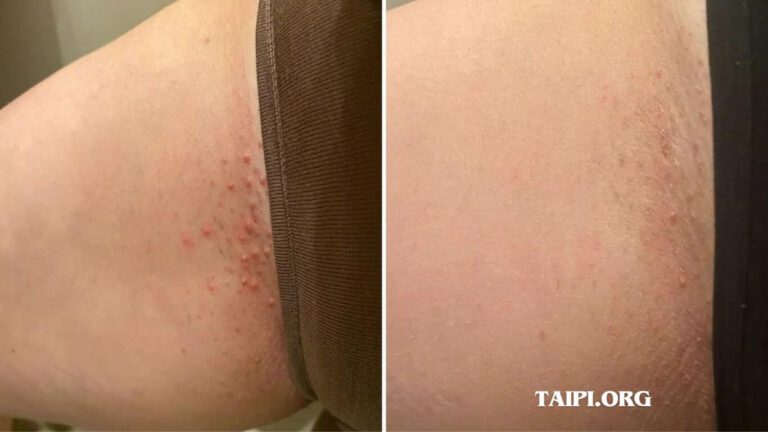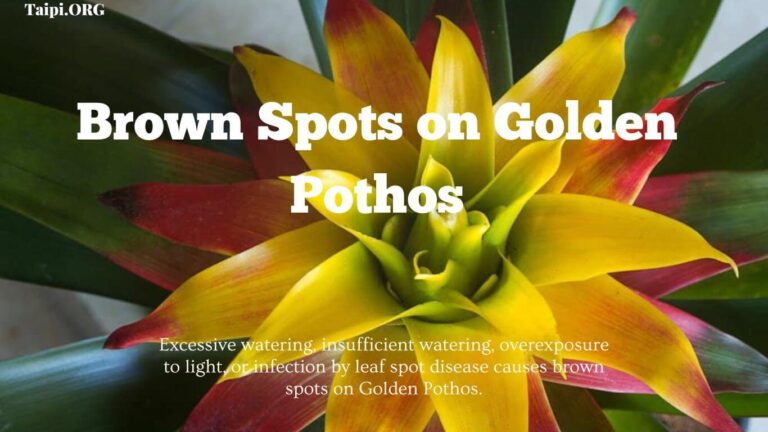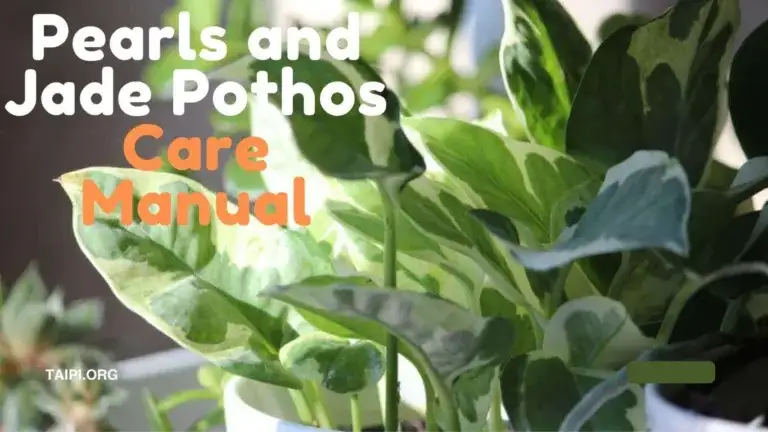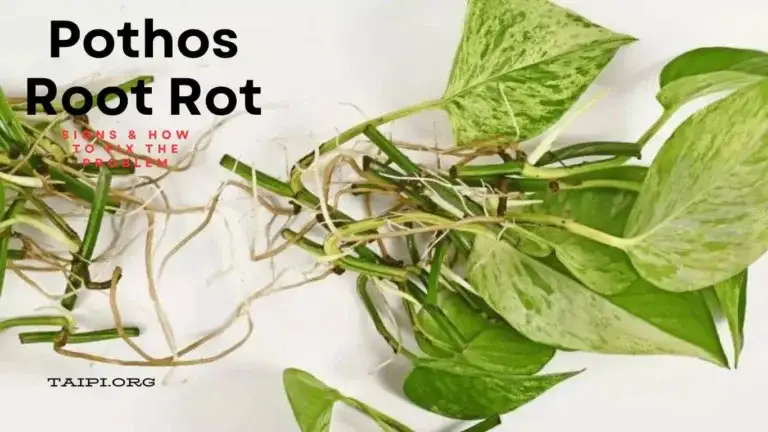What Causes Brown Spots on Snake Plant?
THE LUSH green foliage of a snake plant can add a touch of nature to your inner space. However, the appearance of brown spots on its leaves can be disheartening. Understanding what causes brown spots on snake plant is crucial for maintaining the health of your snake plant.
Improper watering habits, fungal disease invasion, extreme temperatures, and excessive fertilization are the common causes of brown spots on snake plants.
6 Causes of Brown Spots on Snake Plant
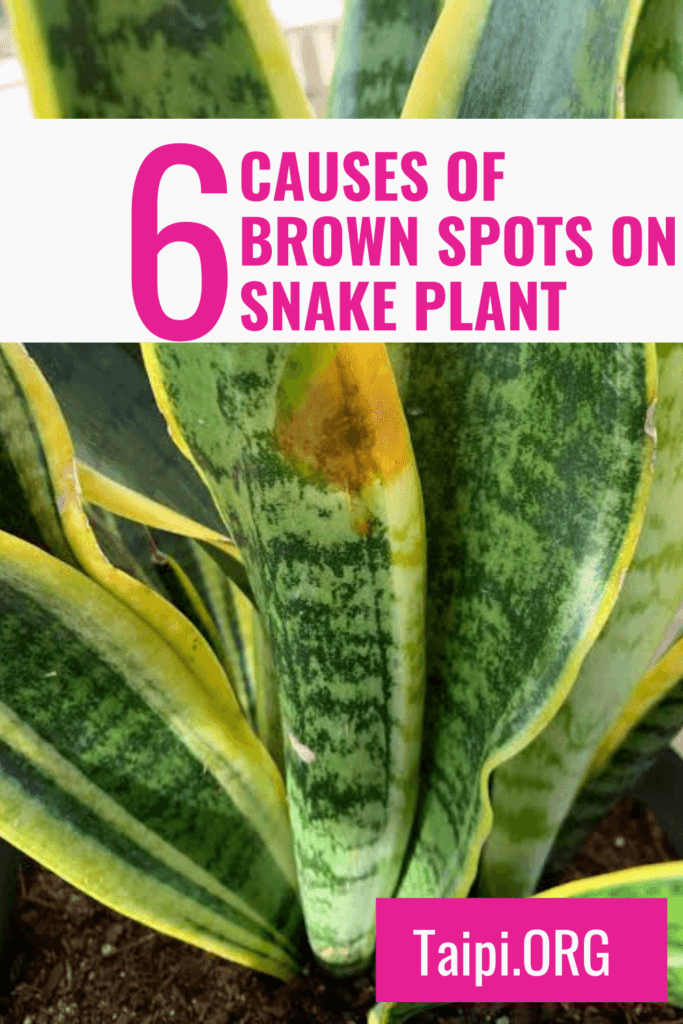
After that summary, let’s look at the causes of brown spots on snake plants individually.
1. Overwatering
One of the primary culprits behind brown spots on snake plants is overwatering.
Excessive moisture in the soil can lead to root rot, compromising the plant’s health. One major side effect of overwatering your snake plant is the splitting of the leaves.
To prevent this, ensure that you allow the soil to dry out between watering sessions and adjust your watering frequency accordingly.
2. Underwatering
On the flip side, insufficient water can also result in brown spots on snake plants.
Snake plants prefer moderate watering, and neglecting their hydration needs can cause stress, leading to leaf discoloration.
You need to find a balance by keeping the soil consistently moist but not waterlogged.
3. Lighting Issues
Inadequate or excessive light can impact the overall well-being of your snake plant.
Insufficient light may lead to weak growth and brown spots, while too much direct sunlight can scorch the leaves, leading to the leaves falling over.
Position your plant in a location with filtered or indirect light to promote healthy growth.
4. Pests and Diseases
Snake plants are not immune to diseases. Like other indoor plants, a snake plant is susceptible to common pests.
These common pests include spider mites or mealybugs. Fungal infections can also contribute to the development of brown spots.
To be safe, regularly inspect your snake plant for signs of infestation, and promptly address any issues with appropriate treatments.
5. Soil Conditions
The type of soil your snake plant resides in plays a significant role in its health.
Poor soil conditions can impede drainage and nutrient absorption, leading to brown spots.
Choose a well-draining potting mix and consider repotting if the current soil is overly compacted.
6. Temperature and Humidity
Extreme temperatures and humidity levels can stress your snake plant, resulting in unsightly brown spots.
Ensure you keep your plant in an environment with stable temperatures and moderate humidity to promote optimal growth.
Common Fungal Diseases That Attack the Snake Plant
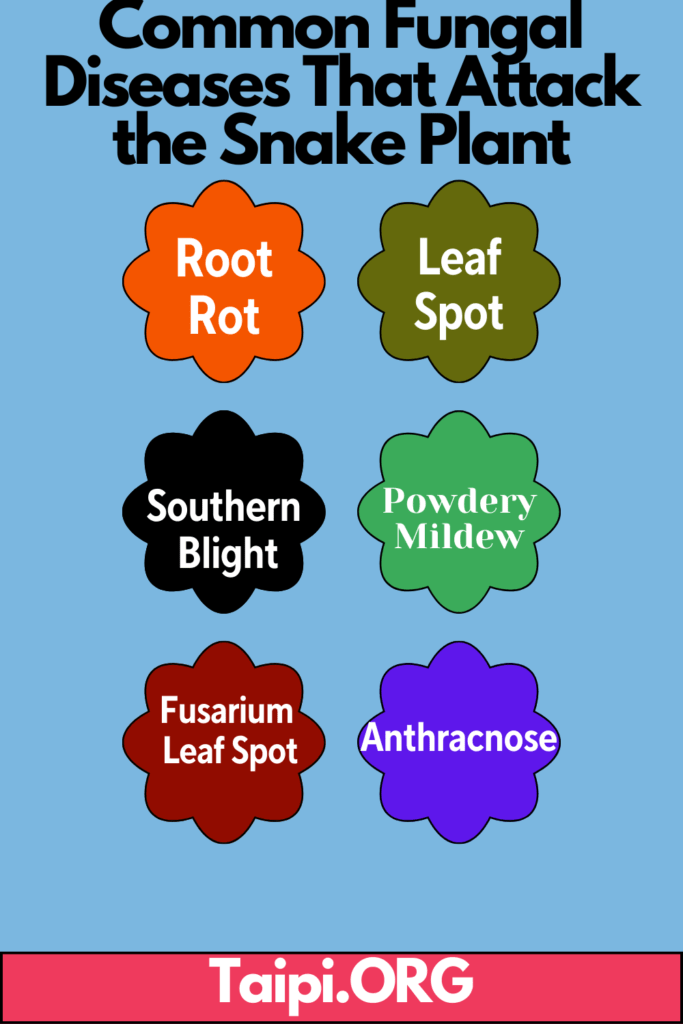
Although resistant to many pests and diseases, snake plants can still be susceptible to certain fungal issues. Here are some common fungal diseases that may affect your snake plant:
Root Rot
Cause: Overwatering or poorly draining soil can lead to excessive moisture around the roots, causing them to rot.
Symptoms: Yellowing and mushy appearance of leaves, foul odor from the soil.
Prevention and Treatment: Allow the soil to dry between watering, use well-draining soil, and avoid waterlogged conditions. Consider repotting if root rot is severe.
Leaf Spot or Leaf Blight
Cause: Fungal pathogens, often favored by high humidity or wet conditions.
Symptoms: Brown or black spots on leaves with yellow halos, lesions may merge and cause large patches of dead tissue.
Prevention and Treatment: Ensure proper air circulation, avoid overhead watering, and remove affected leaves. Fungicides may be used for severe cases.
Southern Blight (Sclerotium rolfsii)
Cause: Soil-borne fungus affecting the base of the plant.
Symptoms: White mycelium, tan to brown lesions on the leaves, and a rapid wilting of the plant.
Prevention and Treatment: Remove and destroy affected plants, avoid overcrowding, and treat with fungicides.
Powdery Mildew
Cause: Fungal infection favored by high humidity and poor air circulation.
Symptoms: White powdery substance on the leaves, stunted growth.
Prevention and Treatment: Improve air circulation, maintain lower humidity levels, and use fungicidal sprays if necessary.
Fusarium Leaf Spot
Cause: Fusarium spp. fungus affecting the leaves.
Symptoms: Yellow spots on leaves that may coalesce into larger lesions, wilting.
Prevention and Treatment: Remove affected leaves, avoid overwatering, and use fungicides if needed.
Anthracnose
Cause: Colletotrichum spp. fungus affecting leaves.
Symptoms: Circular, dark lesions with a water-soaked appearance, often with a red or brown border.
Prevention and Treatment: Improve air circulation, avoid overhead watering, and use fungicides if the infection is severe.
Further Preventive Measures
- Avoid overwatering and ensure proper drainage.
- Provide good air circulation around the plant.
- Quarantine new plants before introducing them to your collection.
- Keep the growing area clean and free of debris.
- Regularly inspect your snake plants for any signs of fungal infections.
If you notice symptoms of fungal diseases, take prompt action to prevent the spread of the infection.
Remove and dispose of affected plant parts, and consider using fungicides as a last resort, following the manufacturer’s instructions carefully.
Practical Tips to Prevent Brown Spots on Snake Plant
To keep your snake plant thriving and free from brown spots, implement regular care practices.
Conduct routine inspections, adjust watering based on the plant’s needs, and maintain an environment that mimics its natural habitat.
Brown Spots on Snake Plant FAQs
Q: How often should I water my snake plant?
A: Snake plants prefer to dry out between watering. Water them sparingly, allowing the soil to become slightly dry before watering. Overwatering is a common issue that can lead to root rot.
Q: Can snake plants tolerate low light conditions?
A: Yes, snake plants are known for their adaptability and can tolerate low light conditions. While they thrive in bright, indirect light, they can also survive in lower light levels. However, they may grow more slowly in low light.
Q: Why are the leaves of my snake plant turning yellow?
A: Yellowing leaves on a snake plant can be caused by various factors, including overwatering, underwatering, or poor soil drainage. Evaluate your watering practices, adjust as needed, and ensure the plant is in well-draining soil.
Q: Should I fertilize my snake plant, and how often?
A: Snake plants are not heavy feeders, and excessive fertilization can be harmful. Fertilize sparingly during the growing season (spring and summer) with a balanced, diluted houseplant fertilizer. Avoid fertilizing during the dormant season.
Q: How do I propagate my snake plant?
A: Snake plants are easily propagated through division or leaf cuttings. To divide, remove the plant from its pot, separate the rhizomes, and replant. For leaf cuttings, cut a healthy leaf into sections, let them callus, and then plant them in a well-draining mix.
Troubleshooting Guide
Should you notice brown spots on your snake plant, use this troubleshooting guide to identify and address specific issues. Consider factors such as water intake, light exposure, and potential pest problems.
My Final Thoughts on the Causes of Brown Spots on Snake Plant
In conclusion, a snake plant adorned with brown spots is often indicative of underlying issues that you can address with proper care.
By understanding the causes and implementing preventive measures, you can enjoy the vibrant greenery of your snake plant for years to come.

